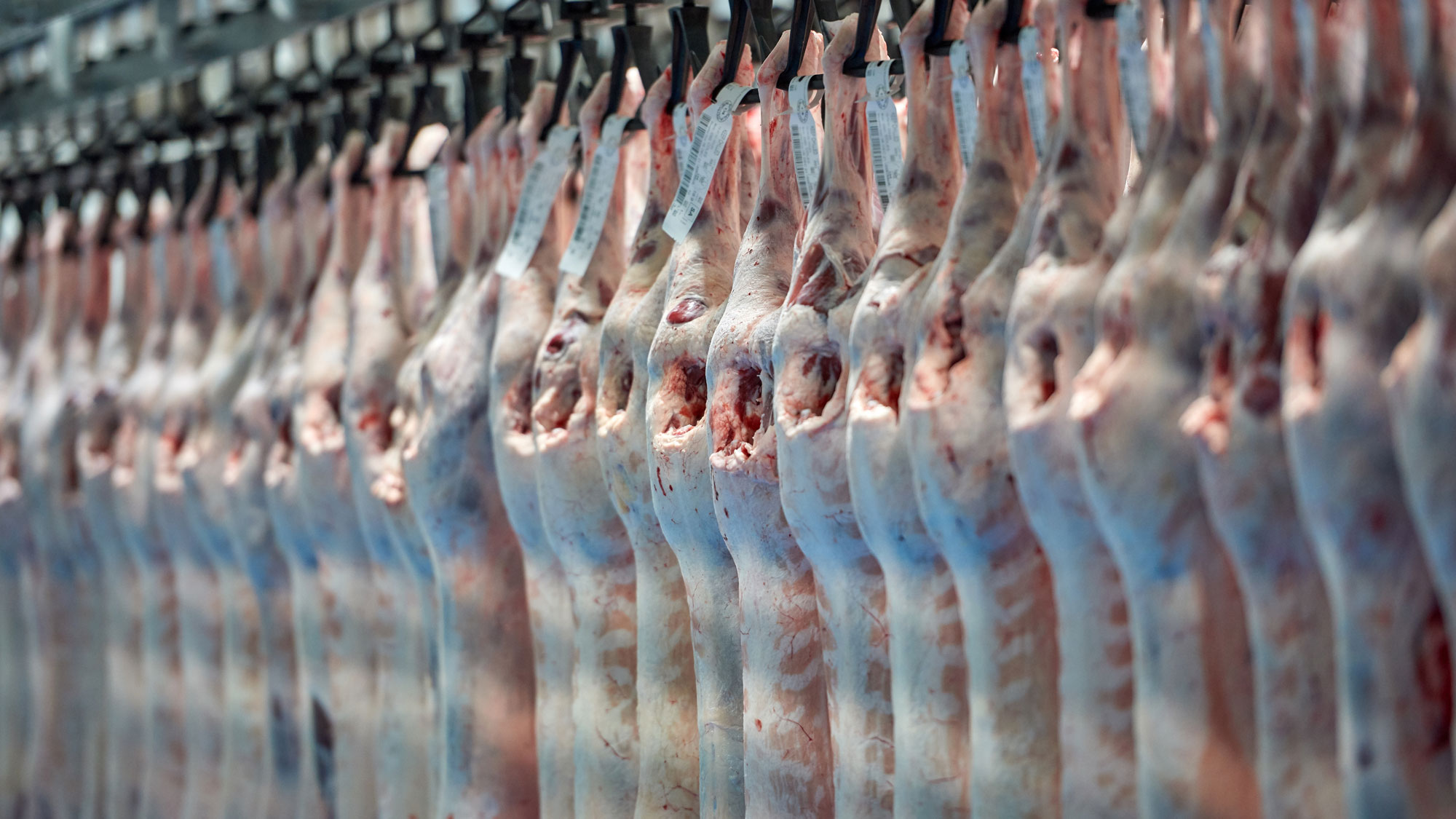Tool 3.7 Selling options for sheep and lambs
Tool 3.7 Selling options for sheep and lambs
Regardless of the selling method, the buyer will either pay on an estimated or actual weight of carcase with a skin value added. As a rule, the less information the buyer has available and the more variable the livestock, the lower the estimated value.
Where live animal assessment skills and weight and fat score information are available, present this as highest and lowest and proportions of weight ranges and fat scores. For example, 40% over a weight or under a fat score; 50% in the weight or fat score range; or 10% below a weight or fat score.
Auction sales
Auction sales generally offer wider competition and convenience with the price established at the point of sale. They provide immediate sale with all stock types and lots of any size accepted. Prices can be compared and no marketing skills are required. However, transport costs and saleyard dues add to the cost of production. Competition depends on the number of buyers bidding and sheep producers rarely receive carcase feedback.
Paddock sales
This method has the advantage of minimum costs for selling, handling and transport. Limited marketing skills are required and risks are lower than other options. On the negative side, competition is limited and sheep producers rarely receive carcase feedback. Buyers prefer large numbers and an assessment of weight and fat score range is an advantage in price negotiations. Paddock sales are favoured for store stock trading.
Over-the-hooks sales
Sheep producers receive clear market and price signals for carcase and skin quality. Feedback is available to assist in future management decisions and to perfect assessment skills. Costs for selling, handling and transport are minimal. A flat rate or grid is used to determine price. Lambs can be sold at the optimum time in terms of market readiness and pasture use efficiency. This strategy also reduces exposure to market volatility and helps avoid holding onto lambs while waiting for the market to improve (which compromises pasture use efficiency and weaning percentages in the next lambing - two most important profit drivers). Stock must be accurately assessed for sale to avoid price penalties.
Forward price contracts
Forward price contracts take much of the risk and uncertainty out of marketing. Sheep producers receive clear market and price signals for carcase and skin quality. Feedback is available to improve the production system and costs for selling, transport and handling are minimal. Lambs can be sold at the optimum time in terms of market readiness and pasture use efficiency.
AuctionsPlus
AuctionsPlus is an electronic online “sale by description” system for a range of livestock. It allows commodity transaction, reserve price setting and legal change of ownership without the seller, buyer or product having to come together physically at the time of the sale. Sheep producers retain full control of their stock as the stock remain on the property until sold, and are protected by the reserve price. After sale, the buyer arranges for the stock to be transported to their location of choice in consultation with the vendor.
Emerging selling options
A payment system based on lean meat yield (LMY) is available as a selling option in some Australian processing plants. Lean meat yield is the actual weight of meat contained in the carcase. This figure is influenced by carcase weight, muscling and fatness. These characteristics can be measured using carcase imaging technologies. Marketing on lean meat yield rewards sheep producers who carefully manage for optimum weight, muscle and fatness of their slaughter lambs.






